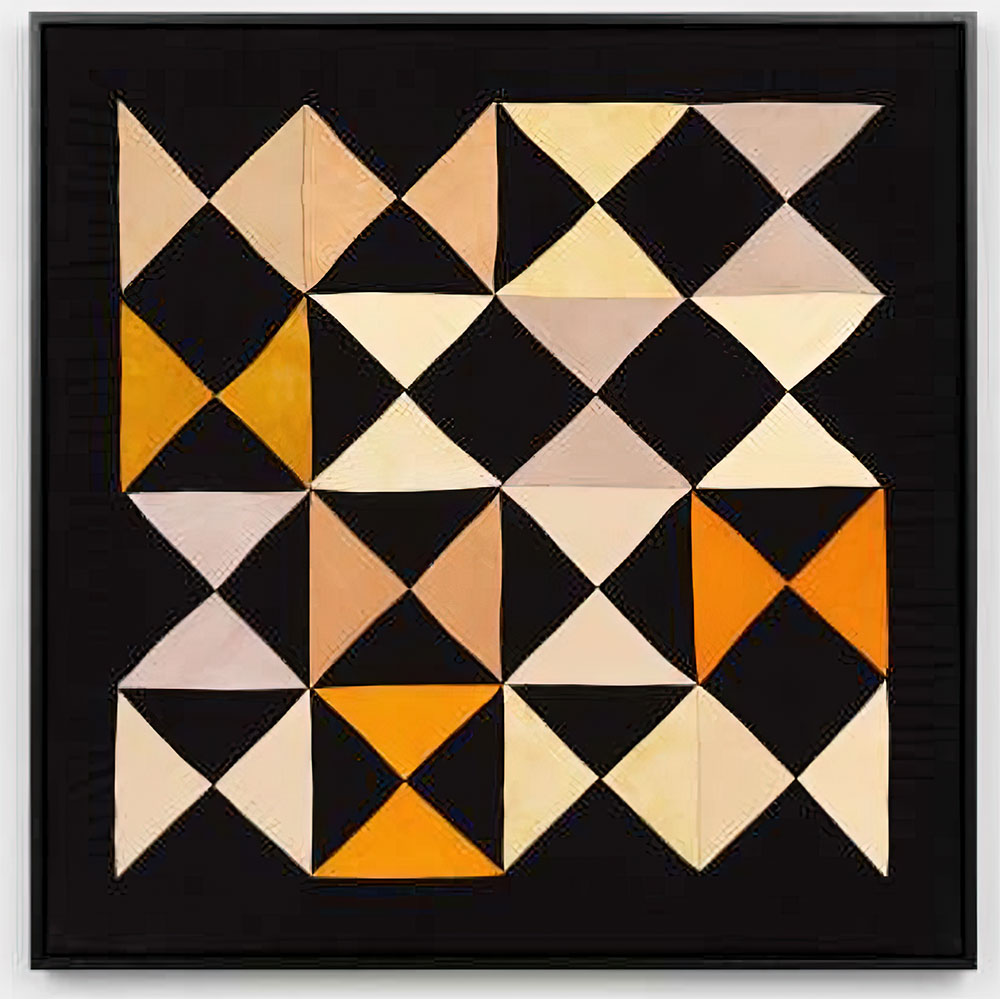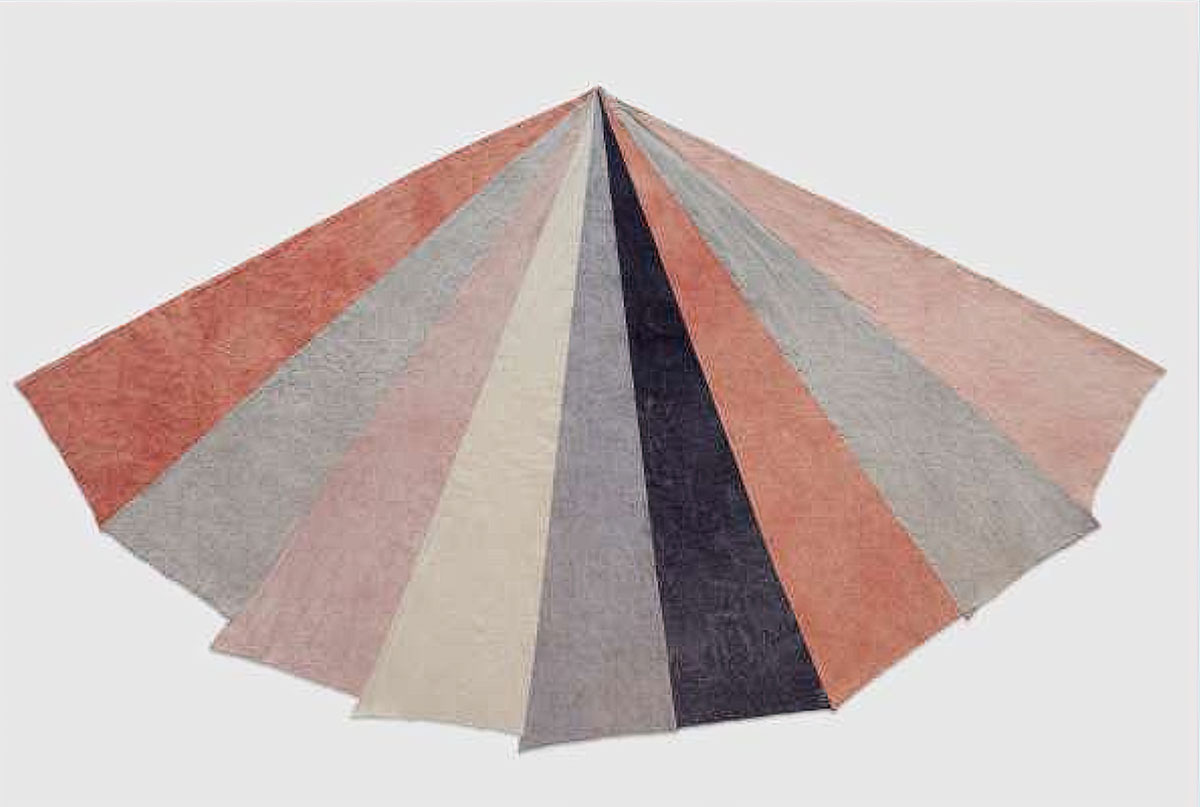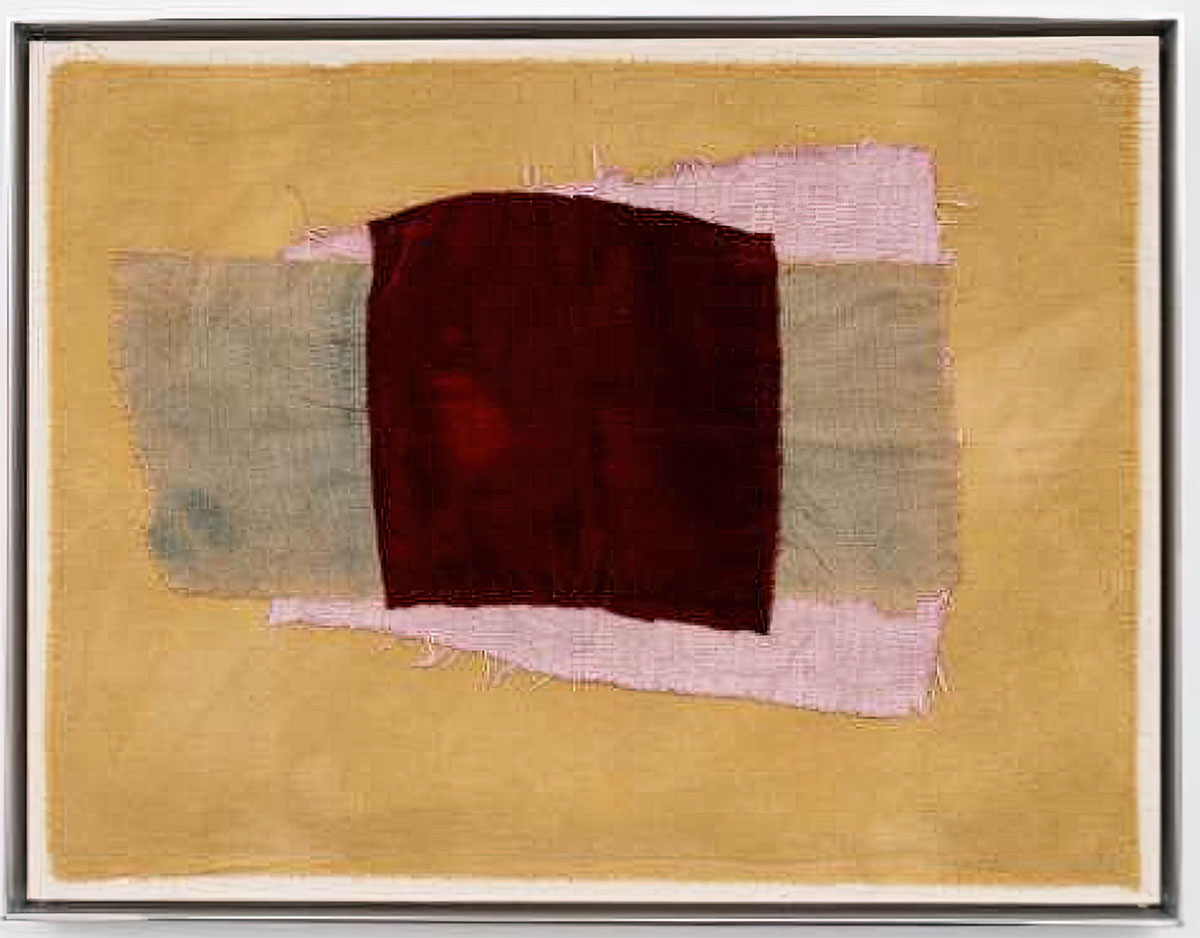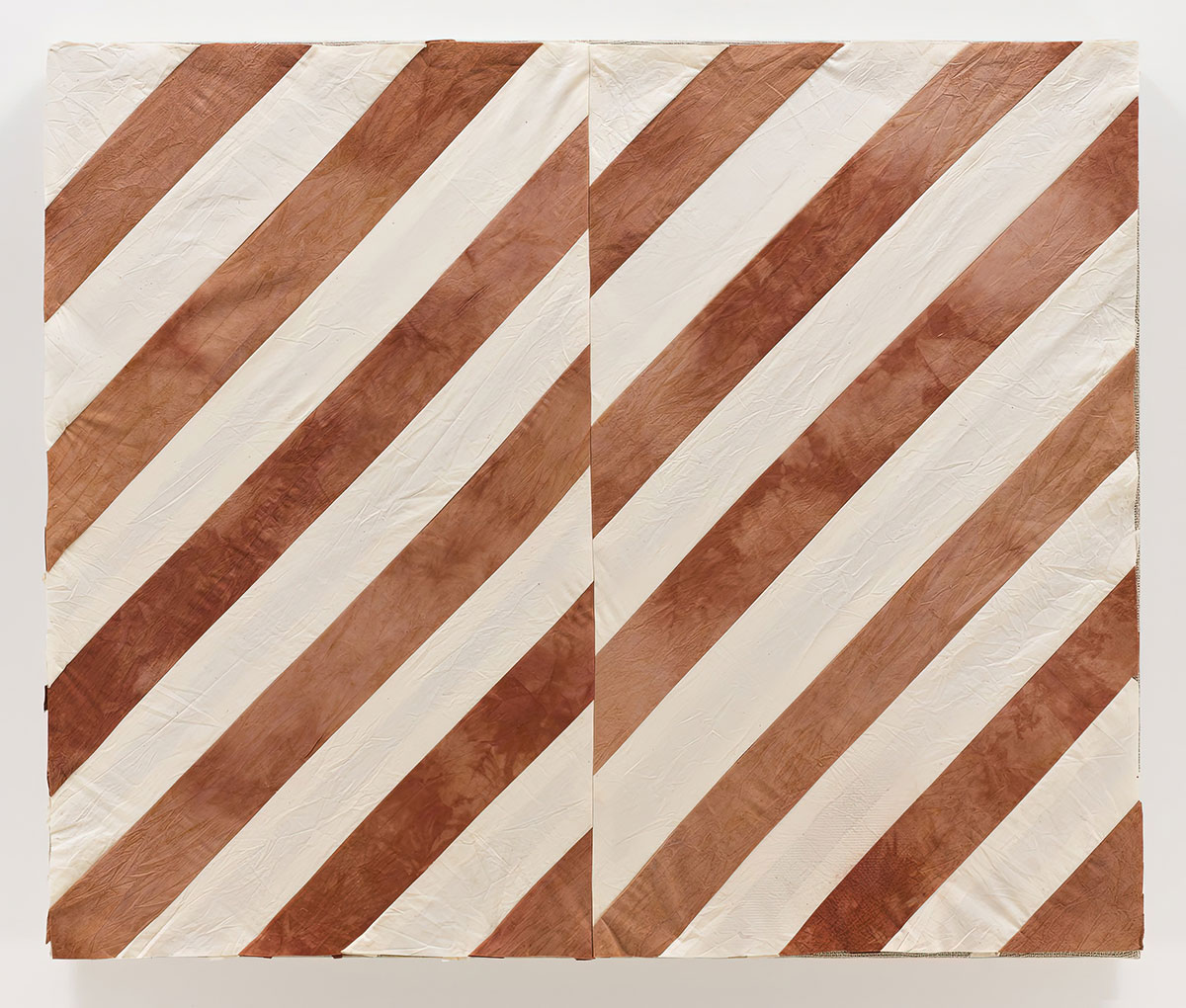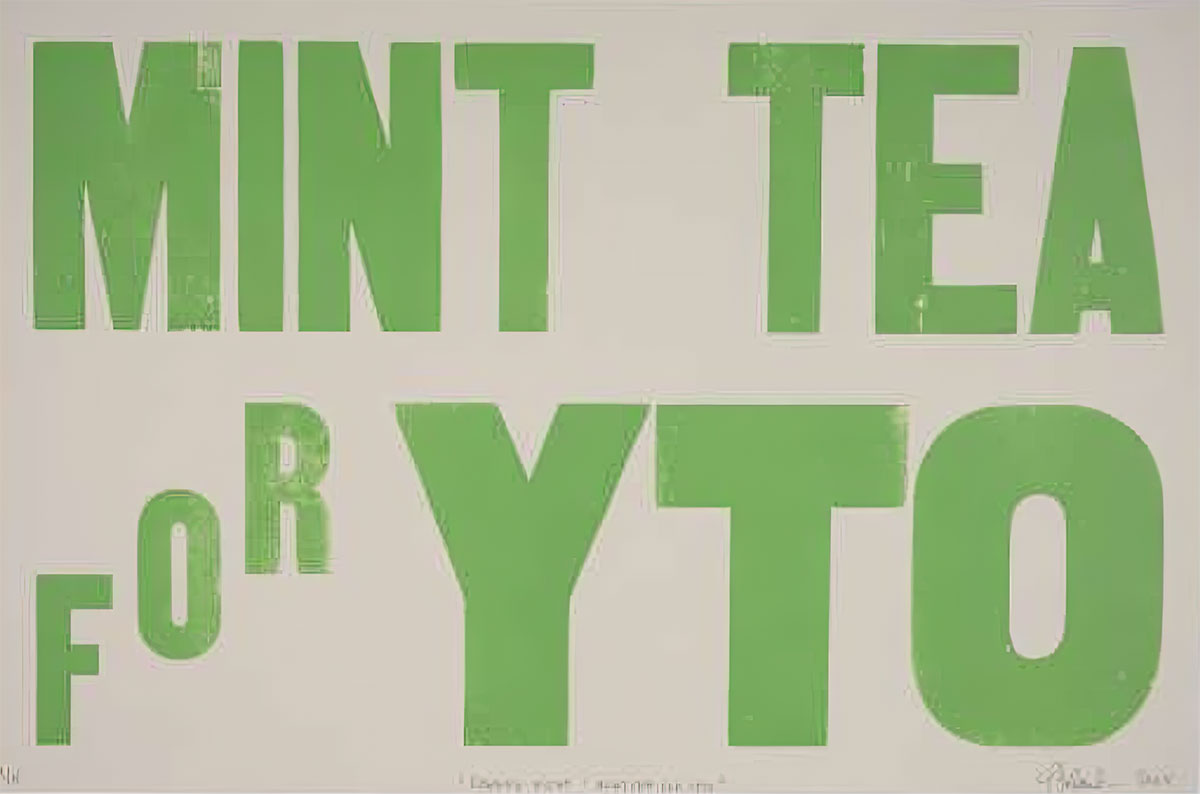ART CITIES:London-Yto Barrada
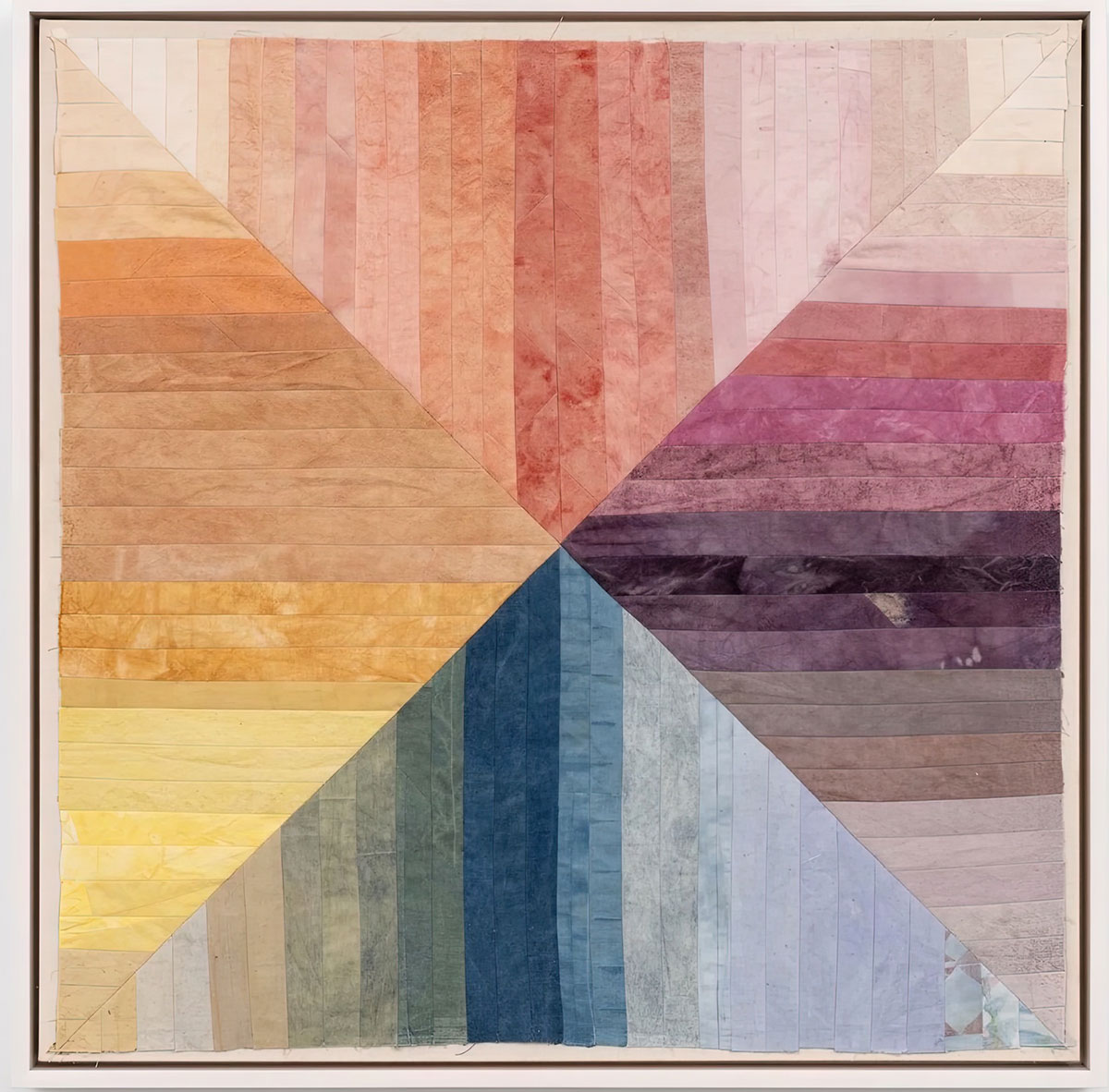 Yto Barrada is recognized for her multidisciplinary investigations of cultural phenomena and historical narratives. Engaging with the performativity of archival practices and public interventions, her installations reinterpret social relationships, uncover subaltern histories, and reveal the prevalence of fiction in institutionalized narratives. Barrada arrived at her artist practice through studies of history and political science, particularly in the negotiation of political and personal experiences.
Yto Barrada is recognized for her multidisciplinary investigations of cultural phenomena and historical narratives. Engaging with the performativity of archival practices and public interventions, her installations reinterpret social relationships, uncover subaltern histories, and reveal the prevalence of fiction in institutionalized narratives. Barrada arrived at her artist practice through studies of history and political science, particularly in the negotiation of political and personal experiences.
By Dimitris Lempesis
Photo: Pace Gallery Archive
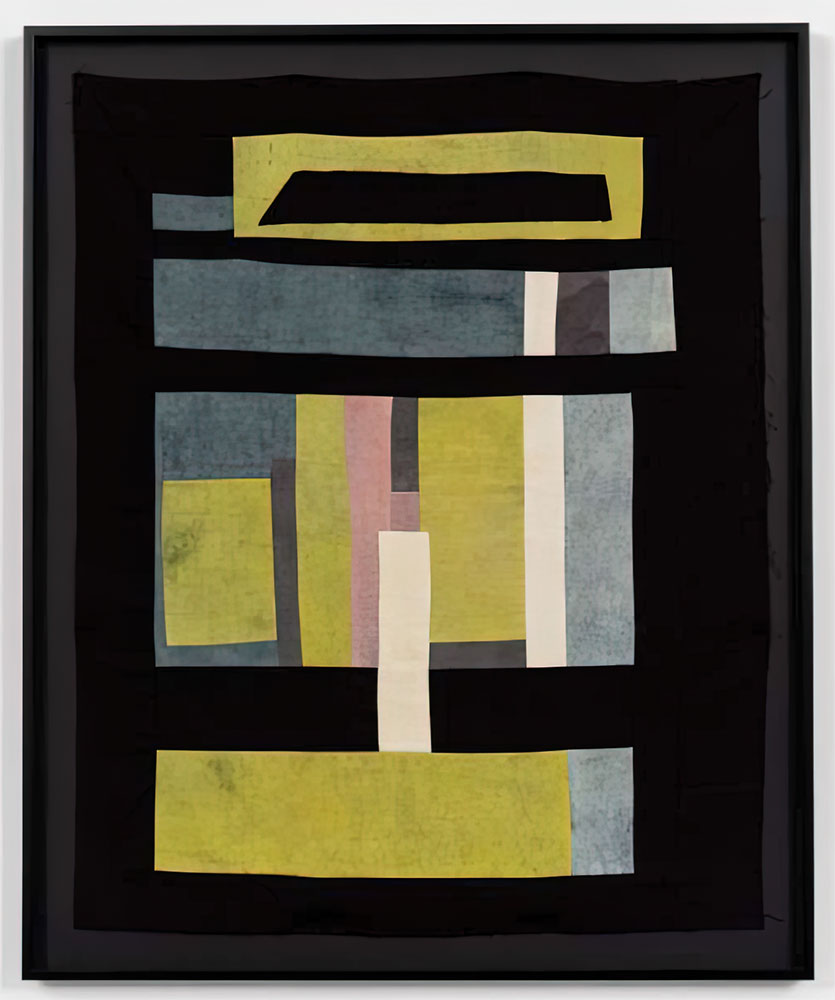
Yto Barrada’s solo exhibition “Bite the Hand” includes a suite of textile works, sculptures, prints, and the London premiere of a film installation. This exhibition also marks the first major display in London of Barrada’s textile works, all of which were dyed at The Mothership, her Tangier-based natural dye garden, eco-feminist research centre and artist residency which opened to the public early this year. Over the last two decades Barrada has shared the breadth of her work at the intersection of history, social memory, and contemporary politics. Decomposition and materiality of color retrace a lineage of lost histories and ways of making and thinking. Found and degraded forms register the tension between the forces of nature and colonial and capitalist systems of time management and cadence, which function as markers of discipline and productivity. For Barrada, slowness and improvisation can be forms of resistance. Through research and practice in the art and science of natural dyes, and an awareness of how representations of time shape our experience, Barrada has located and reclaimed rhythms and temporality. The 16 mm experimental film installation “A Day is Not a Day” (2022) is a meditation on the industrial-testing process known as “weather acceleration”, which studies the fading of color and the production of decay. The purpose of these industrial labs is to simulate the effects of the sun in a condensed time frame in order to test the durability of consumer products and materials such as plastics, automotive and domestic parts, paints, and textiles against fading and corrosion. Workers share surreal fields and offices with machines, and it is the human eye that must be constantly calibrated as a tool of measurement. Meditating on the relentless nature of the mechanized processes that take place in these facilities, “A Day Is Not a Day” explores the simultaneity of the marvelous and the monstrous. Formally, Barrada’s filmmaking entwines a specialized visual vocabulary of age and decomposition with an exploration of motherhood, inheritance, and subjectivity. The abstract, peeling color forms filling the screen might seem to refer to the history of modern art, but actually describe the fatigue of synthetic materials and nature’s assertion of rot and fading by subtle, inexorable processes that are imperceptible in real time. The title of the exhibition evinces a dark sense of humour, but also deconstructs a word commonly used in the dye workshop: “mordant”—biting, in French—is a fixative substance used to set dyes on fabrics, to allow better light fastness and durability. Infused into these collaged fabrics are dyes produced from the dozens of tinctorial plants in The Mothership garden, including deep blue from indigo leaves, red and pink from madder roots and yellow and orange from pomegranate, weld, coreopsis, oxalis, and cosmos. Symbolic and chromatic representations of the passage of time permeate many of the textile works Barrada will be presenting as part of the exhibition. Among them, “Untitled (Hourglass I)” and “Untitled (Hourglass II)” (both 2023) feature patterns of paired triangles converging at the apex in varying hues from lilac to tangerine. A room in the gallery contains works including found objects, sewing exercises, color samplers, and collages, evoking a future born from the duality of Afrofuturism and afro-pessimism. A selection of abstract works aerially map the planning of the dye garden using abstracted rectangles and squares in the series “How to Plan a Garden”. In the “Doorstop (Afrofuturism)” series, painted wooden blocks arranged into geometric botanical forms resemble plants found in The Mothership garden. Barrada’s dye samplers, such as “The Fabric Book” (2014-22), offer the viewer new chromatic grammars. New works in aluminium, brass, and copper will also figure in the exhibition. All titled as variations of Holes in the Moon, these evoke the power of toponymy, the naming of things of the natural world. There are names given to the 5000 impact craters riddling our Moon’s surface; 24 of these depressions are named after medieval Islamic scholars. Imprints of long forgotten asteroids, they are sustained in an environment without wind or air or erosion. Mark-making on the moon is a durational art; it operates according to lunar time, which figures outside of the short-term memory of Earth. Three hand-set letterpress posters titled Opening Night locate the comical performance of identity in acts of hospitality.
Photo: Yto Barrada, Untitled (Color Wheel I), 2024, © Yto Barrada, Courtesy Pace Gallery
Info: Pace Gallery, 5 Hanover Square, London, United Kingdom, Duration: 22/3-11/5/2024, Days & Hours: Tue-Sat 10:00-18:00, www.pacegallery.com/
